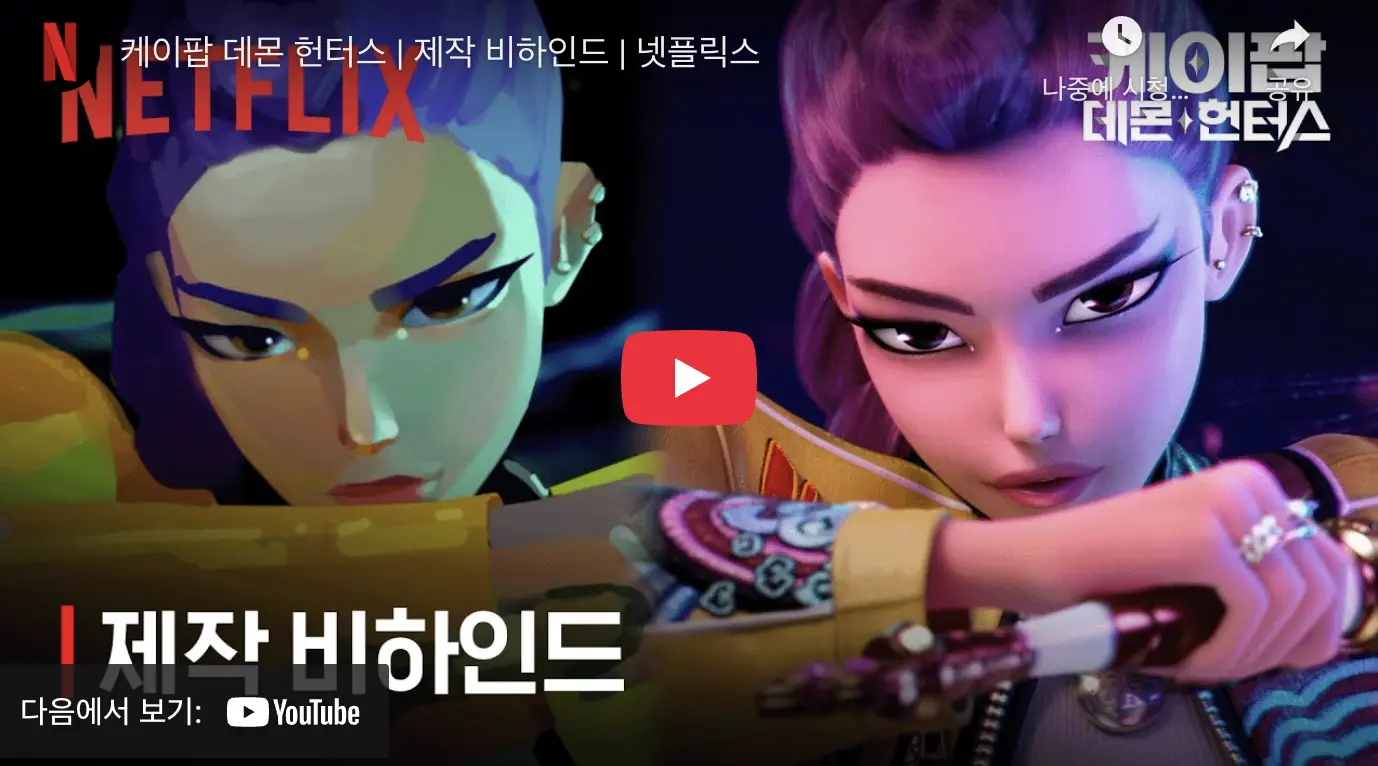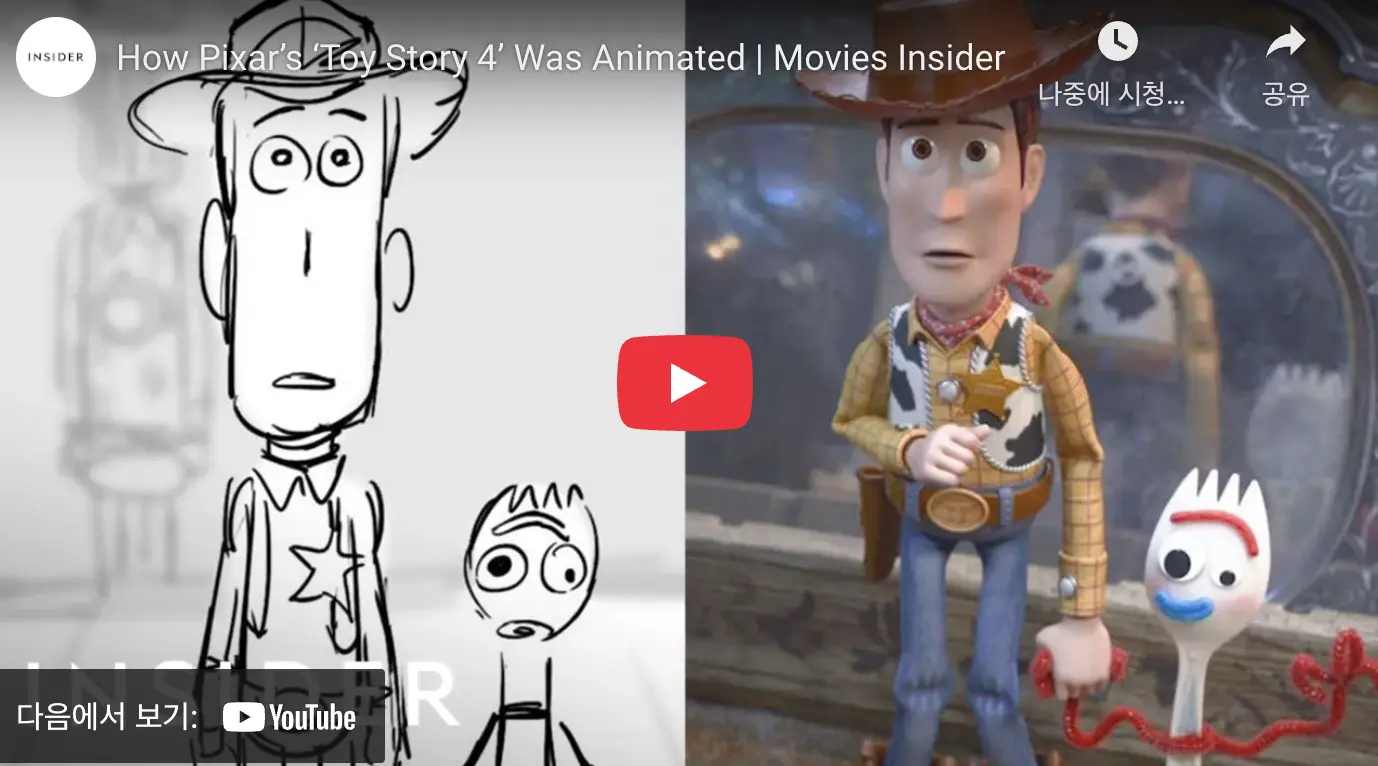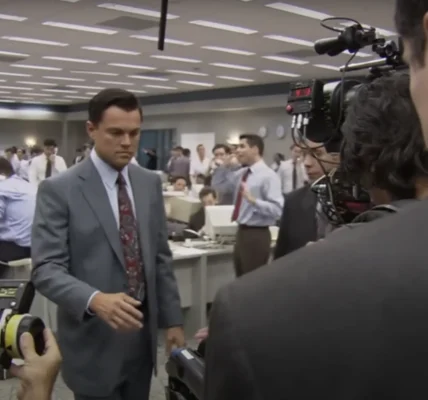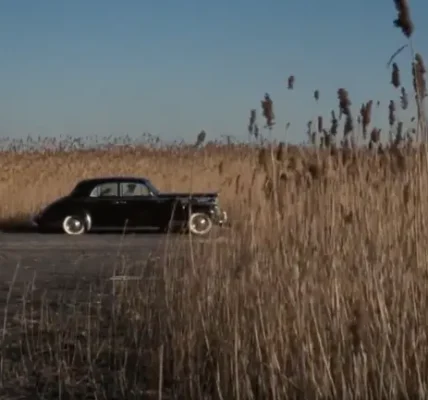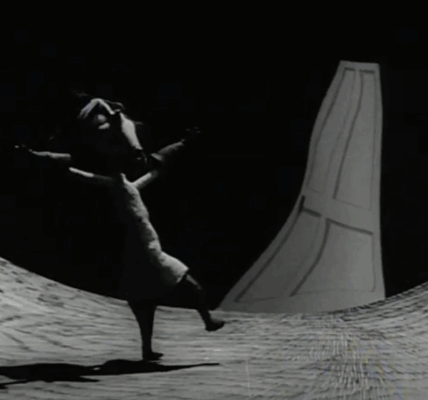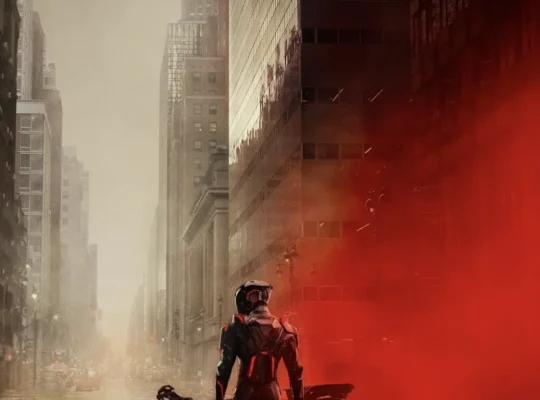In the previous post, we took a look at the different stages of film production.
Today, I’d like to dive a little deeper and compare the production process of live-action films with that of 3D animated films. 🎬✨
<Previous Post – A Look at the Stages of Film Production>
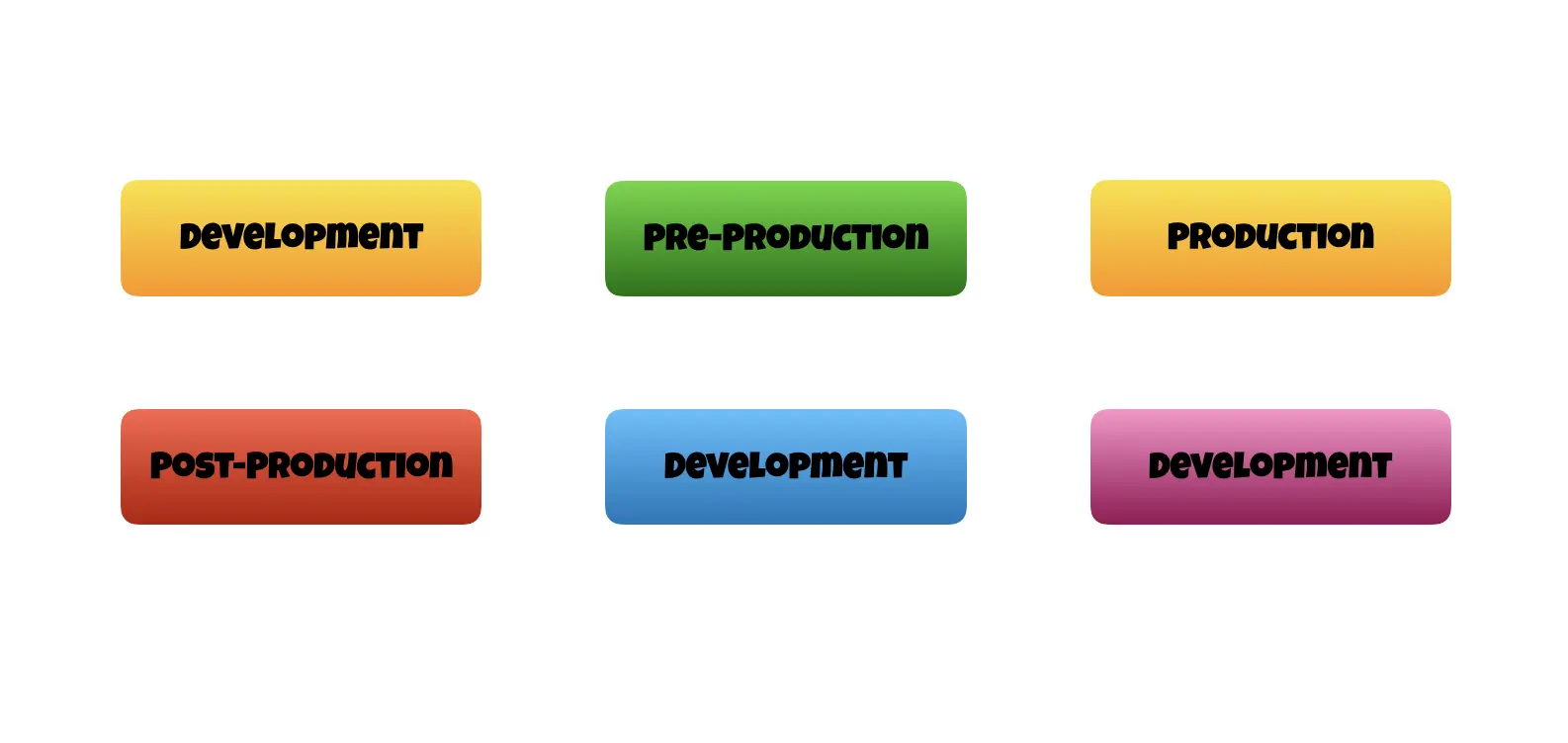
🎬 The filmmaking process can be broken down into six key stages:
Development → Pre-Production → Production → Post-Production → Distribution → Exhibition
But the details of these steps can look quite different depending on the type of film being made.
For example, films can vary widely in their production methods and workflows depending on factors such as:
Commercial films vs. Independent films
Feature-length films vs. Short films
Live-action films vs. 3D animated films
Silent films vs. Sound films
Solo productions vs. Studio productions
Today, we’ll be focusing on one of these comparisons: the differences between live-action films and 3D animated films.
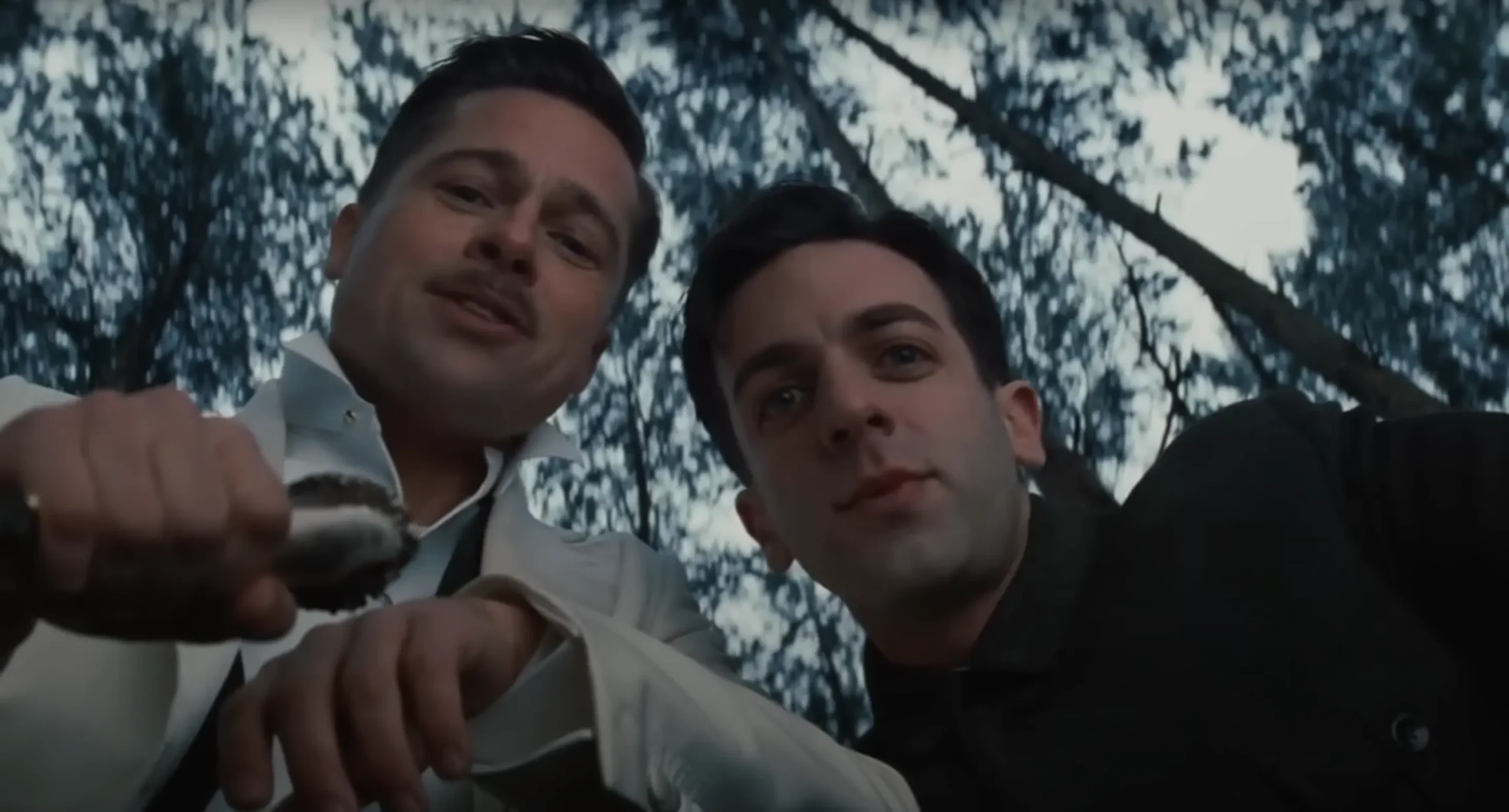
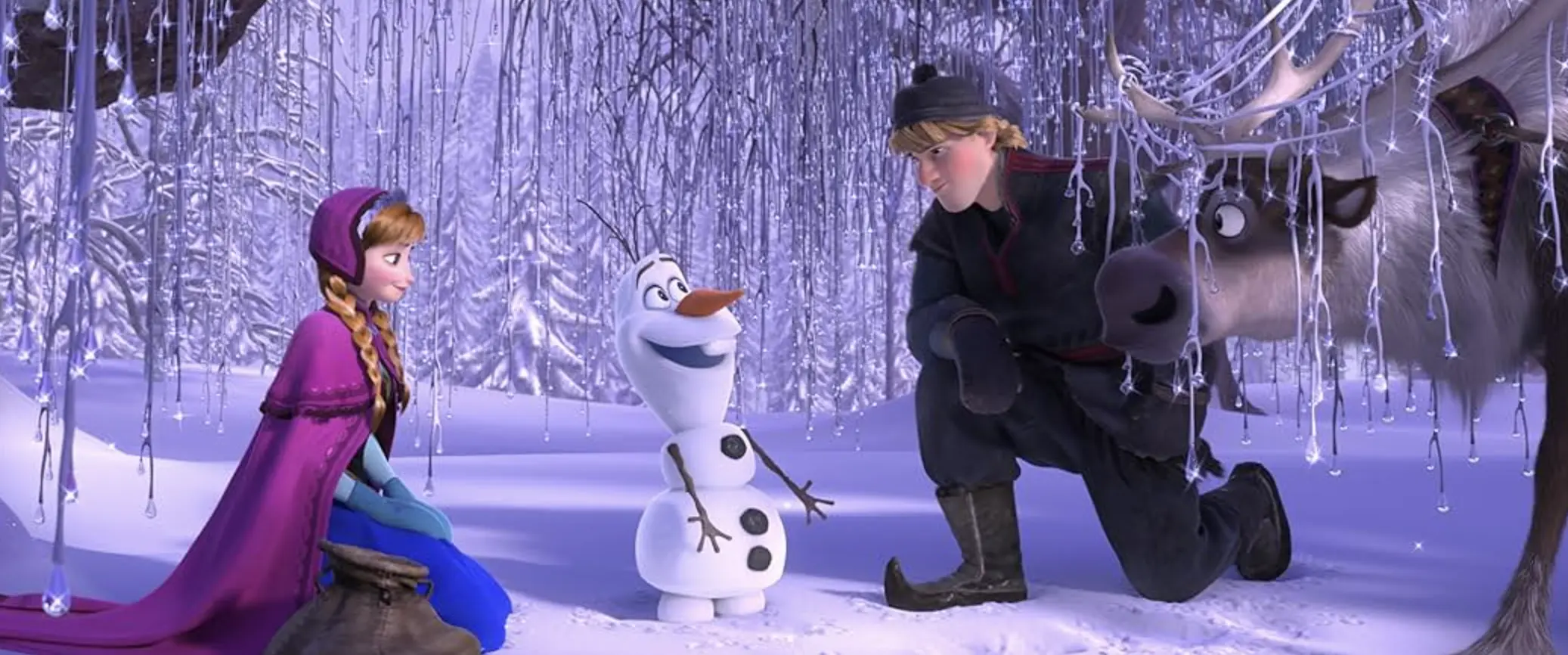
✅ What’s Similar?

Development
The process of discovering an idea, creating a story or script, and setting a production budget is essentially the same for both live-action and animation.
The main difference is that, in animation, visual concepts—like design and character sketches—tend to play a much bigger role during development.
For example, Sony Pictures’ Spider-Man: Into the Spider-Verse (2018) is a hybrid animation that combines 2D and 3D with a comic-book style. It reportedly took the team two full years just to develop the characters’ looks and unique movement style.
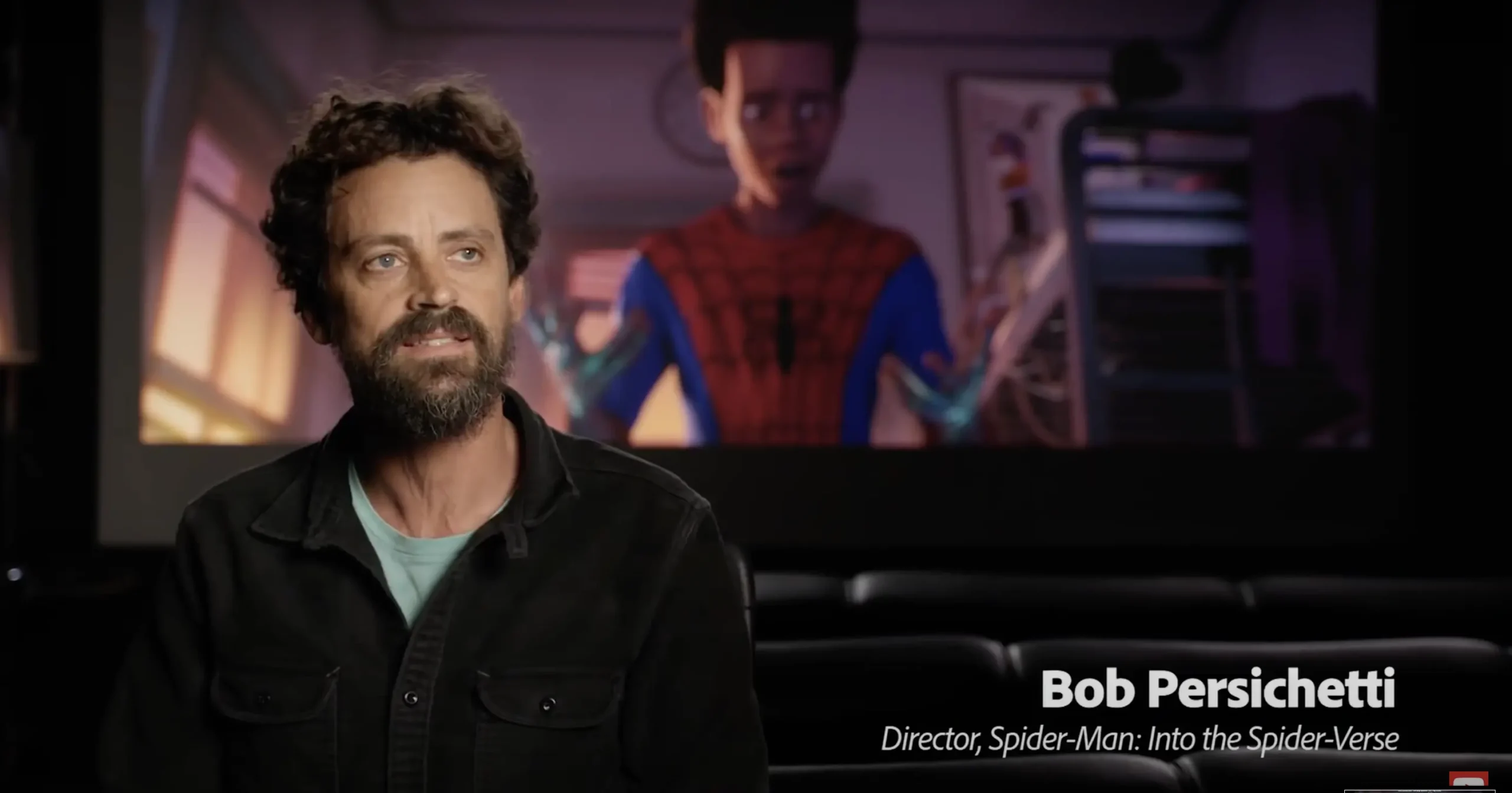

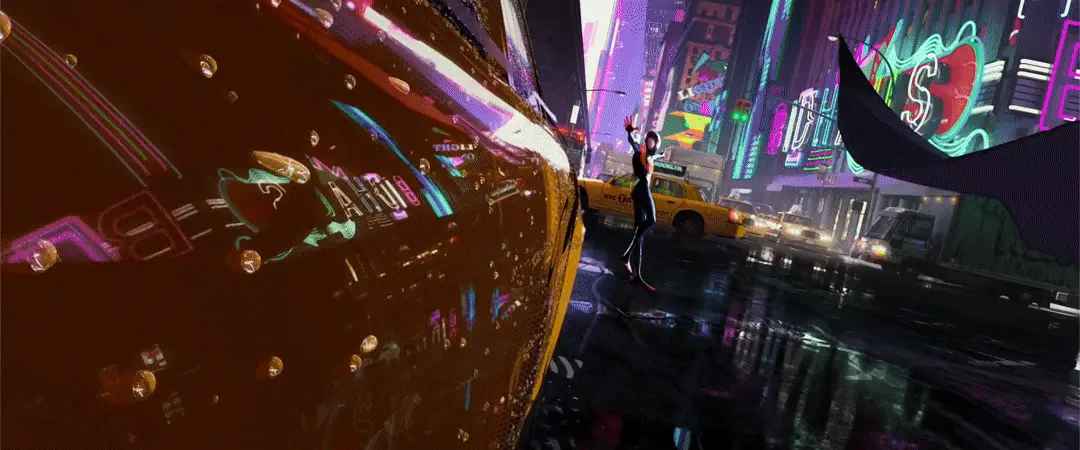
Distribution & Exhibition
When it comes to delivering the finished film to audiences, the process is nearly identical.
Studios plan ahead—deciding how many theaters to secure and how to run their marketing campaigns.
The key difference with 3D animation is that the “actors” are virtual characters.
So instead of on-screen stars, it’s usually the directors or the voice actors who step into the spotlight for promotional events.
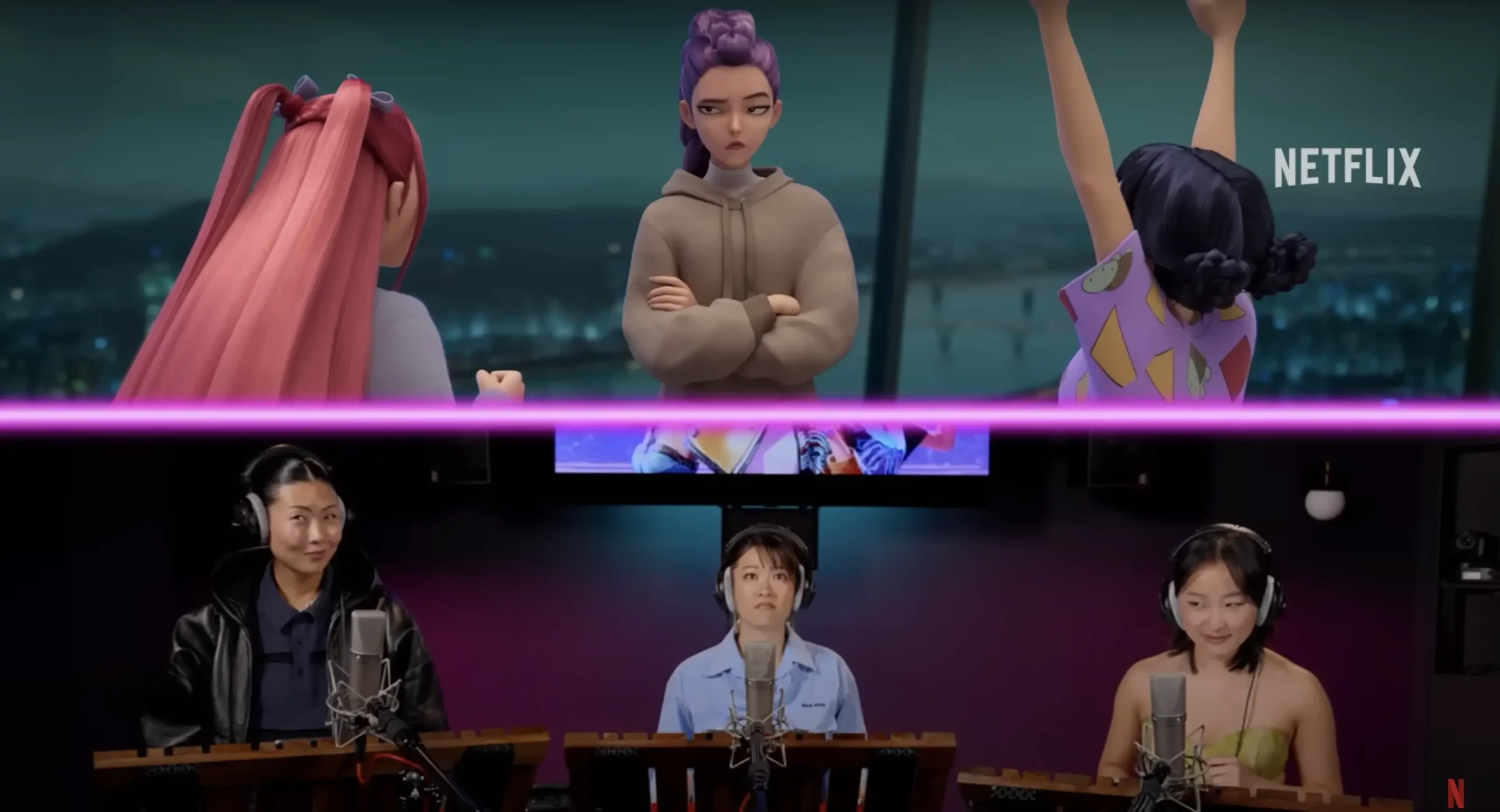
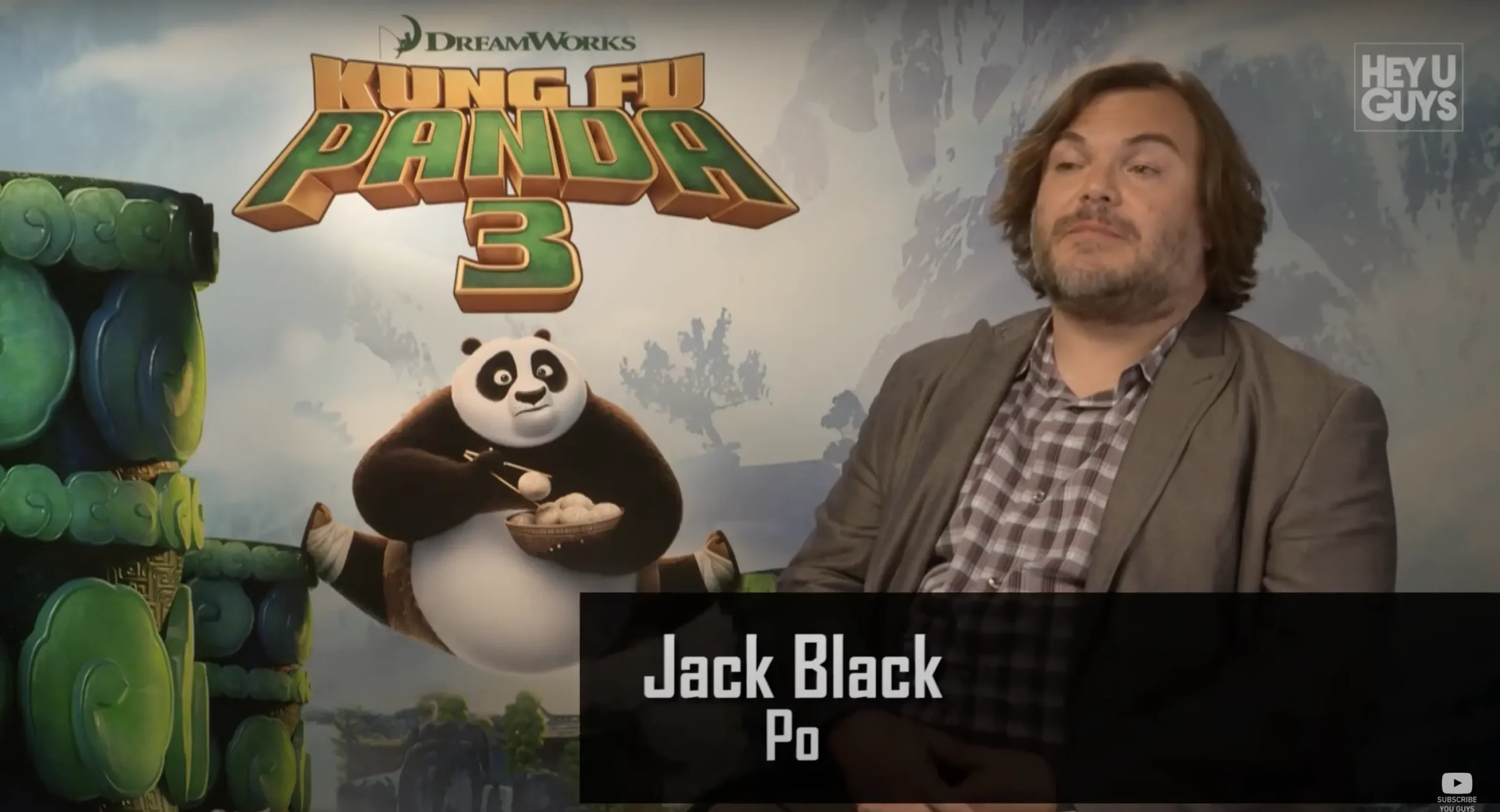
🆚 A Strikingly Different Production Process
The overall flow may look similar, but when it comes to the core stages—Pre-Production → Production → Post-Production—the processes themselves are completely different.
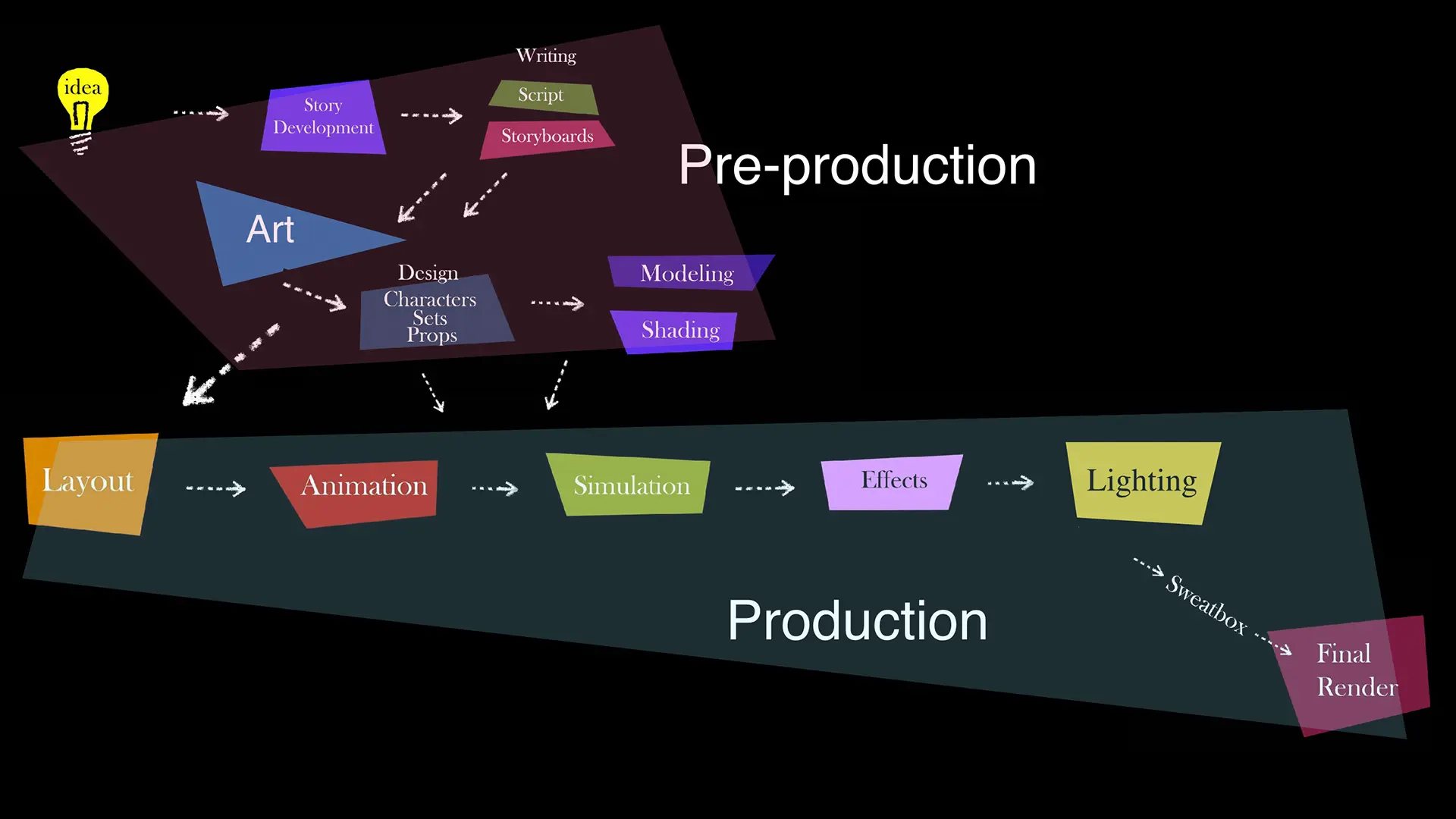
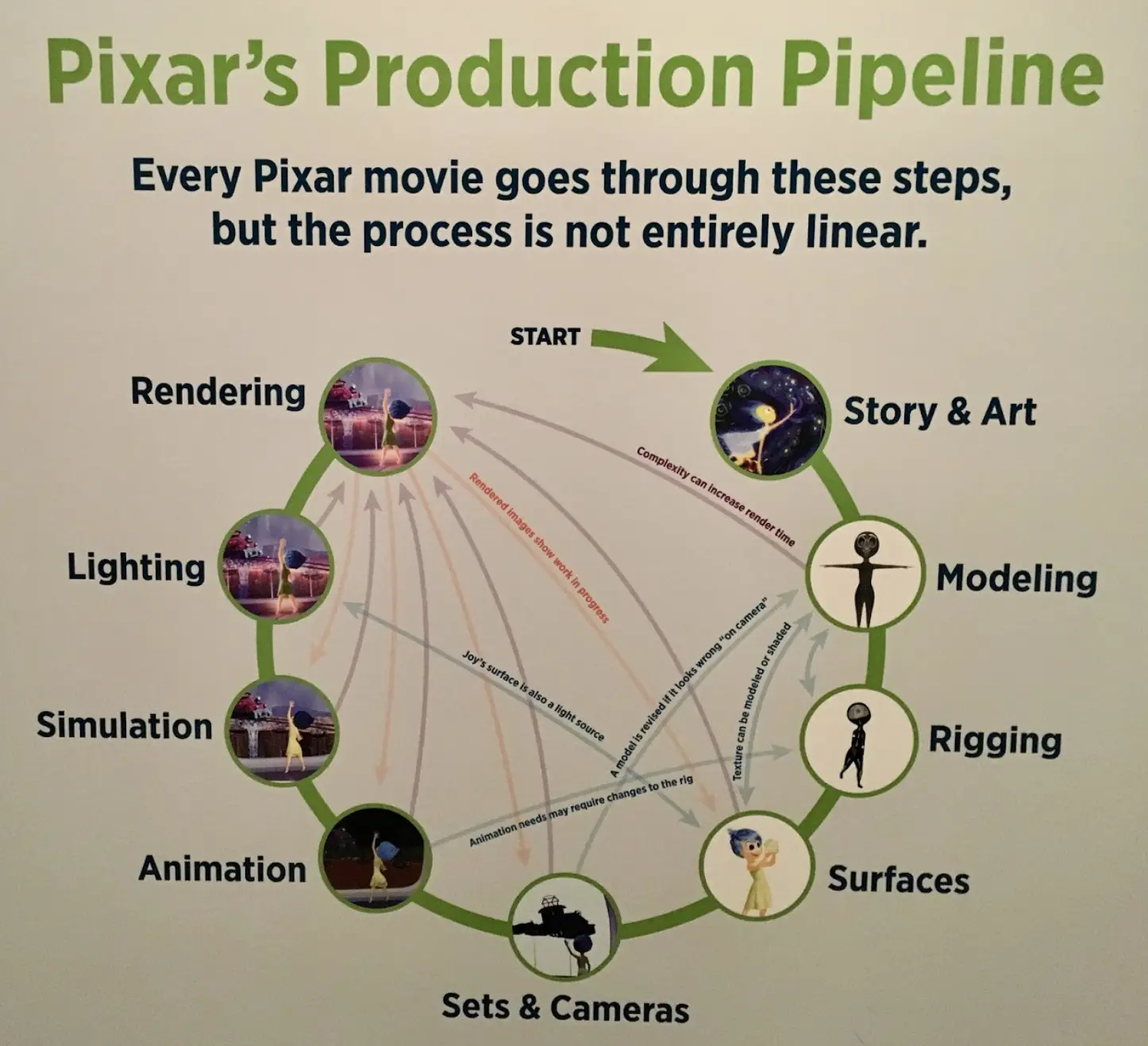
The biggest reason is that the shooting environment is completely different.
Live-action films are shot in real locations or on built sets, while every single scene in a 3D animated film is created inside a virtual 3D space.
If we take a very quick look at the less familiar 3D film pipeline 🧐
it starts with creating a storyboard or animatic based on the script.
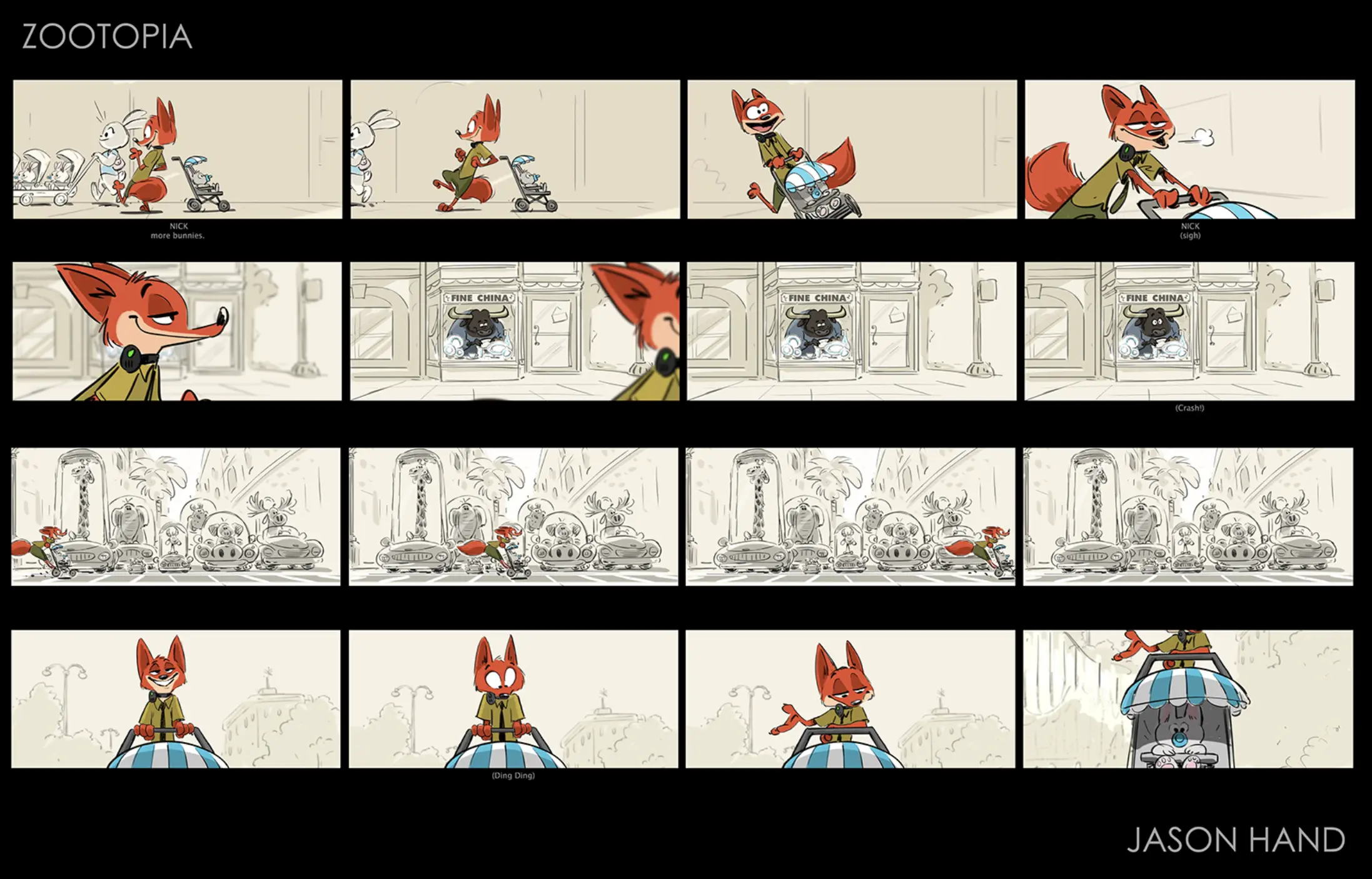

In 3D animation, a virtual set is built, followed by the layout process where camera angles, character movements, and scene blocking are determined.

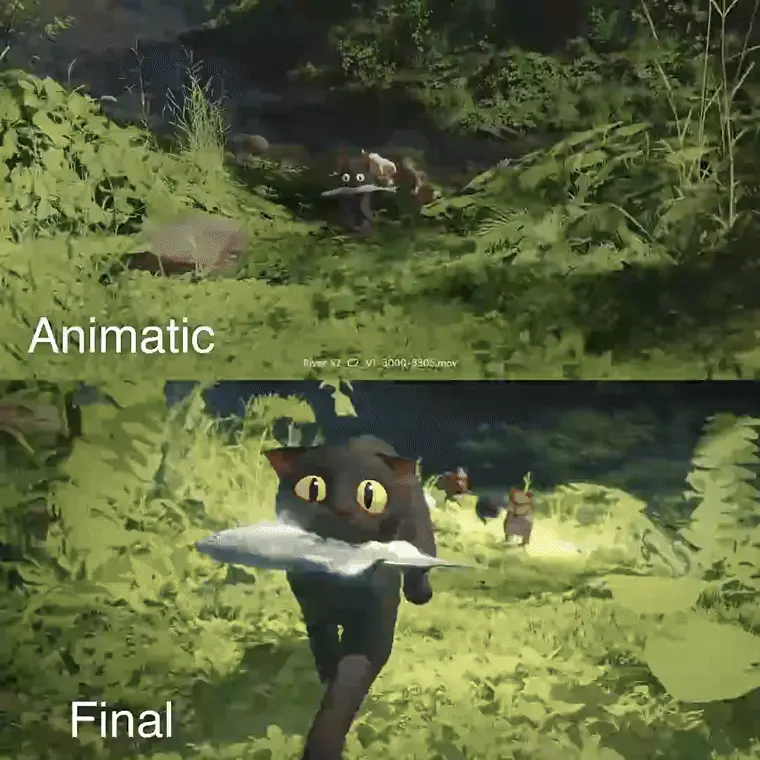
After that comes the animating stage, which is similar to the acting and filming phase in live-action movies.
(To achieve higher quality, animators often record themselves acting out their characters as reference footage.)

Finally, lighting, color grading, and special effects are added to complete the final cut.
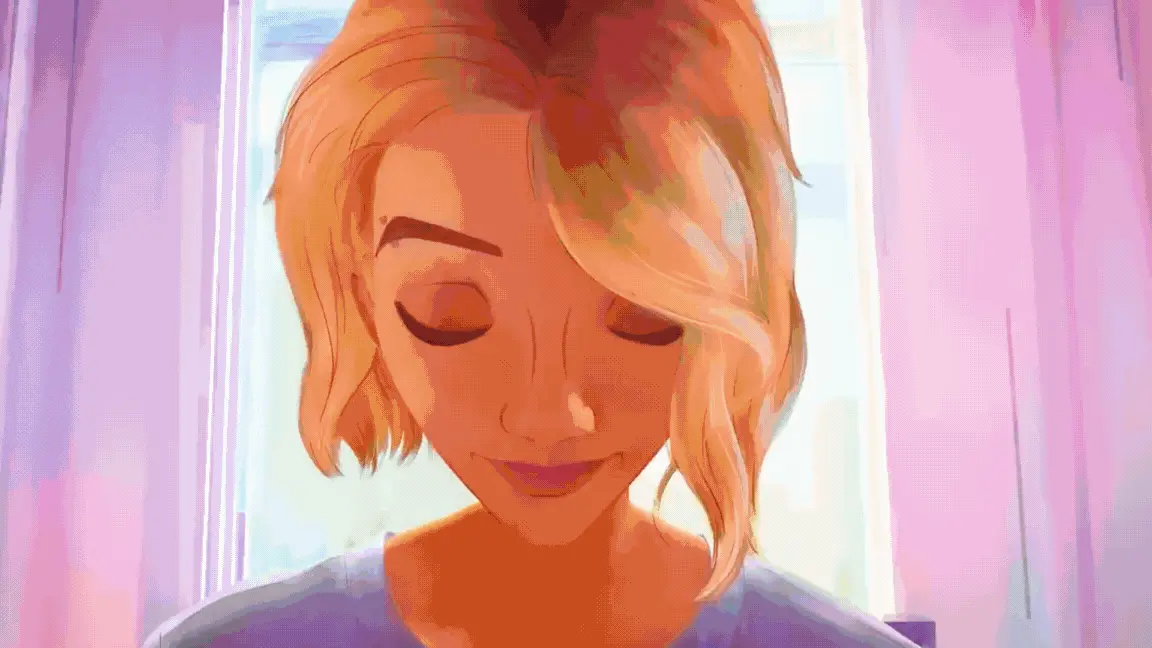
Today, we took a light look at the 3D film pipeline.
Unlike live-action movies, 3D films are created in virtual space, which allows much more freedom with camera movement and lets creators take dozens of “retakes” for a single shot. Through layout design, there’s no need to worry about weather conditions, and if a prop looks too large, it can simply be scaled down.
Sometimes characters are given extra arms on purpose, or their bodies are stretched endlessly. Depending on the creator’s style, these choices bring unique freedom to the animation. Even if something looks bizarre from another angle, the ultimate question is: “Does it look beautiful through the camera lens?”
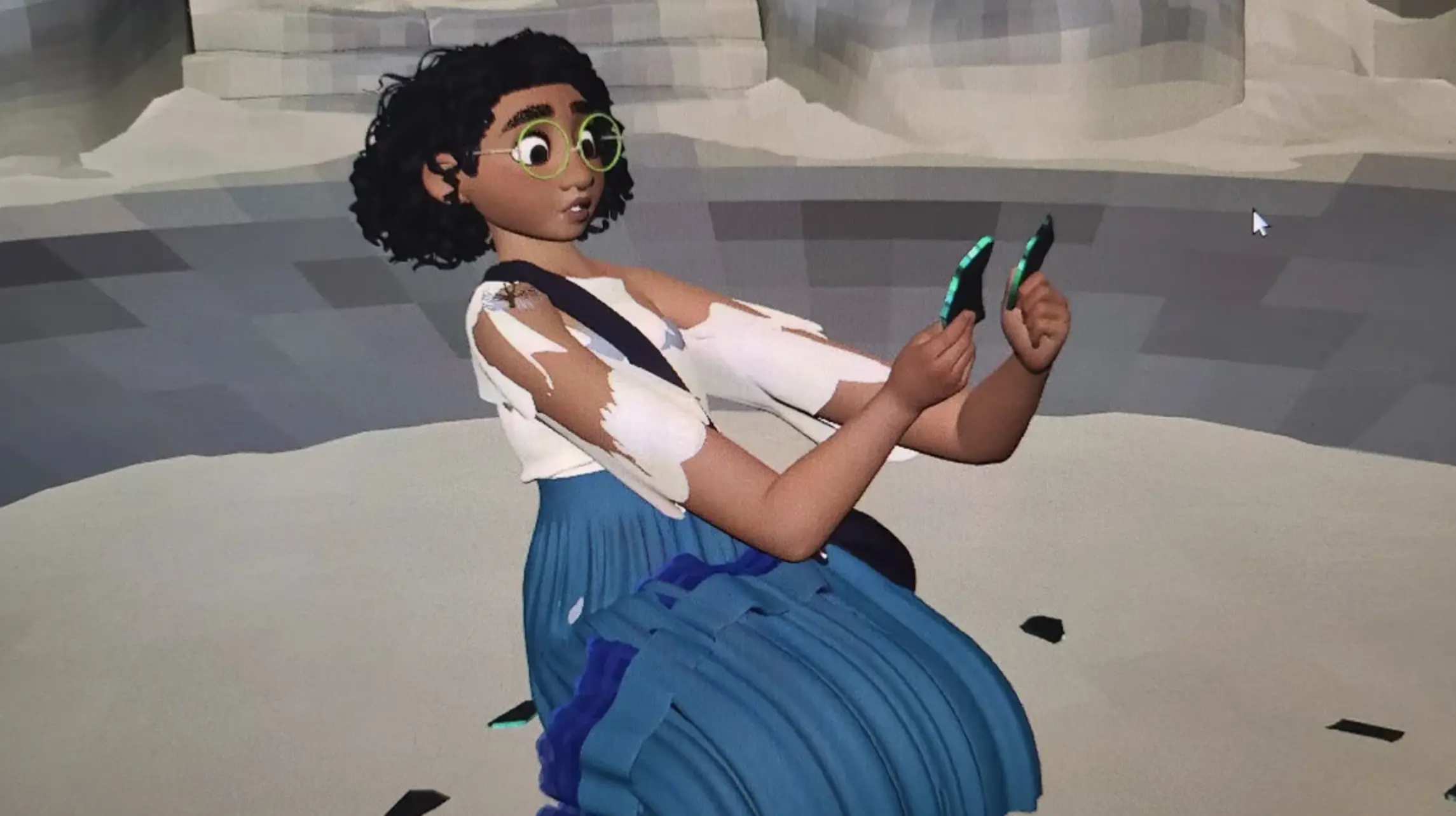
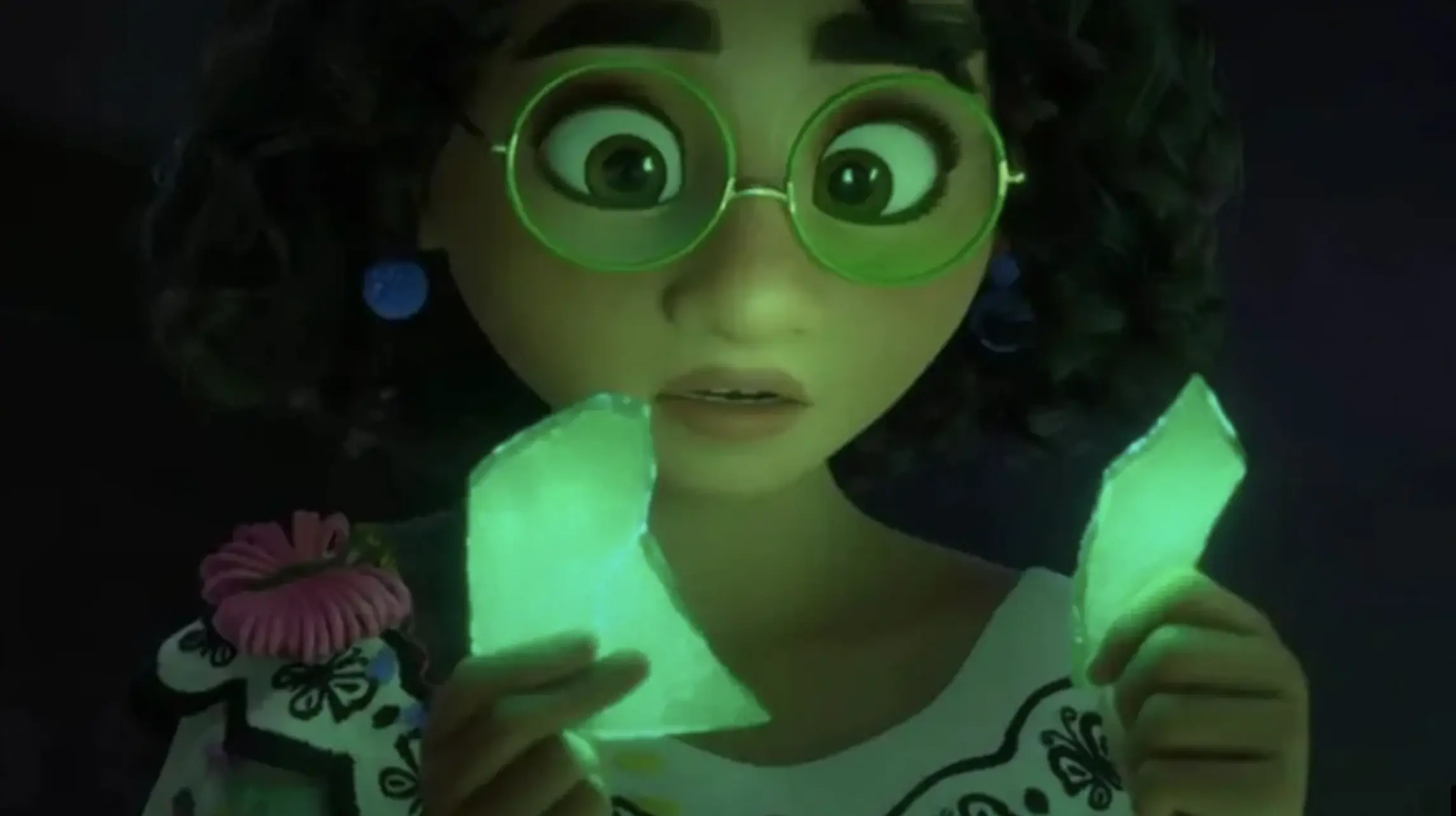
See how the arms and clothes are stretched out?
This kind of thing happens quite often in 3D animated films!
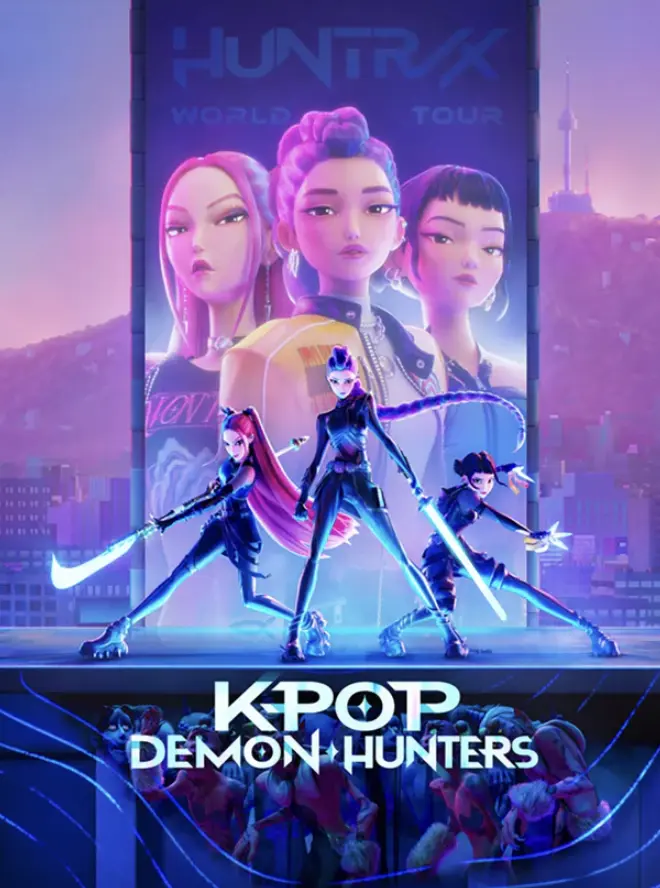
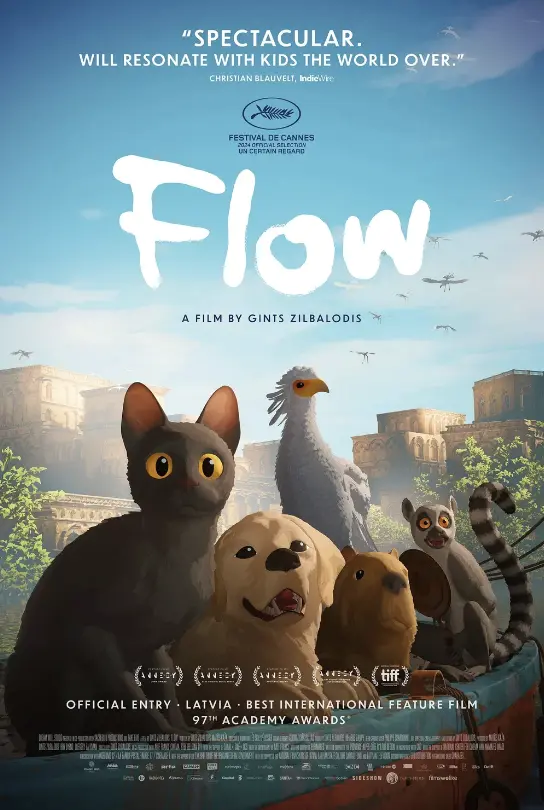
Recently, Sony’s K-Pop Demon Hunters became a mega-hit, and last year the silent animal-only film Flow won an Academy Award. Thanks to these successes, 3D animated films are experiencing a real resurgence.
I hope today’s post helps you enjoy movies even more 🙂
<Referenced Videos>
